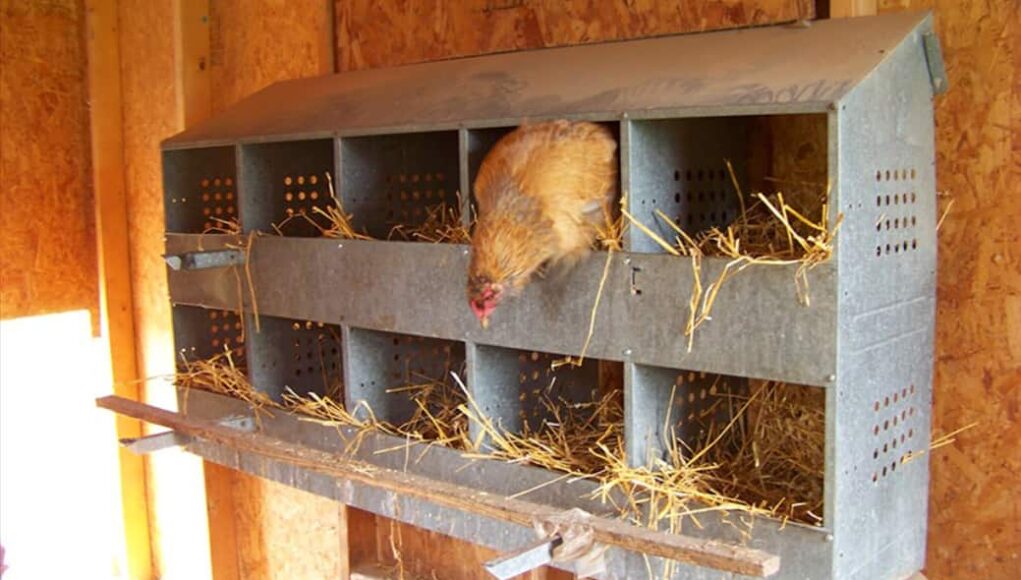Raising chickens in a small space can be a rewarding experience, especially when you have the right setup. One of the most important components of a chicken coop is the nesting boxes for small chicken coops. These boxes provide a safe and comfortable space for hens to lay their eggs. But what makes a good nesting box, and how can you ensure your chickens are happy? Let’s dive in.

Why Nesting Boxes Matter
For any chicken owner, especially those with limited space, understanding the importance of nesting boxes is crucial. These boxes are not just for egg collection; they provide security and comfort for your hens. A well-designed nesting box encourages hens to lay eggs consistently, maintains egg cleanliness, and minimizes stress among the flock.
Choosing the Right Size for Your Nesting Boxes
Nesting boxes should be spacious enough for your hens to move comfortably. The typical dimension for a nesting box is about 12x12x12 inches, but this can vary depending on the chicken breed. Smaller breeds may require less space, while larger breeds might need more room.
Consider the Number of Hens
It’s advisable to have one nesting box for every 3-4 hens. This ensures that there is enough room for each hen to lay her eggs without having to wait too long for a box to become available.
Materials for Nesting Boxes
When constructing nesting boxes for small chicken coops, the choice of materials is significant. Wood, plastic, and metal are popular options. Each material has its own advantages and drawbacks. For instance, wood is sturdy and provides insulation, while plastic is easy to clean.
Wooden Nesting Boxes
Wooden boxes are traditional and blend well with most coops. They offer a natural feel and can be easily customized. However, they can be harder to clean and may harbor pests if not maintained properly.
Plastic Nesting Boxes
Plastic boxes are lightweight and easy to clean. They are less prone to harboring pests, but they may not offer the same level of insulation as wooden boxes.
Location and Installation
The placement of nesting boxes is crucial. They should be placed in a quiet, dimly lit area of the coop to encourage egg-laying. Ensure that the boxes are elevated from the ground to prevent dampness and potential predator access.
Easy Access
Make sure the boxes are easily accessible for both the hens and for you to collect eggs. This might mean installing boxes at waist height or including a hinged lid for easy egg collection.
Maintaining Cleanliness
Keeping nesting boxes for small chicken coops clean is essential for the health of your chickens. Regularly replace bedding materials such as straw or wood shavings. This not only keeps the eggs clean but also reduces the risk of disease.
Additional Features
Consider adding features like perches or curtains to your nesting boxes. Perches give hens a place to rest, while curtains can offer additional privacy and encourage egg-laying.
DIY Nesting Box Ideas
For those who love to create, making your own nesting boxes can be a cost-effective and fun project. There are numerous resources available online, like these DIY ideas, that can guide you through the process.
Common Mistakes to Avoid
While setting up nesting boxes for small chicken coops, avoid common pitfalls such as overcrowding, inadequate cleaning, and poor placement. Ensuring proper ventilation and security from predators is also crucial.
Benefits of Proper Nesting Boxes
When hens have access to properly designed nesting boxes, they are more likely to lay eggs consistently. This leads to a steady supply of eggs and a happier, healthier flock.
Conclusion
Nesting boxes are a key component of any small chicken coop. With careful consideration of size, materials, location, and maintenance, your hens will have a perfect place to lay their eggs. For more information on setting up your chicken coop, check out this tutorial.

FAQ
How many nesting boxes do I need for a small coop?
Generally, one nesting box per 3-4 hens is recommended.
What is the best material for nesting boxes?
Both wood and plastic are popular choices, depending on your needs for insulation and ease of cleaning.
How can I encourage my hens to use the nesting boxes?
Ensure the boxes are in a quiet, dark area, with comfortable bedding and privacy features like curtains.
This article contains affiliate links. We may earn a commission at no extra cost to you.











